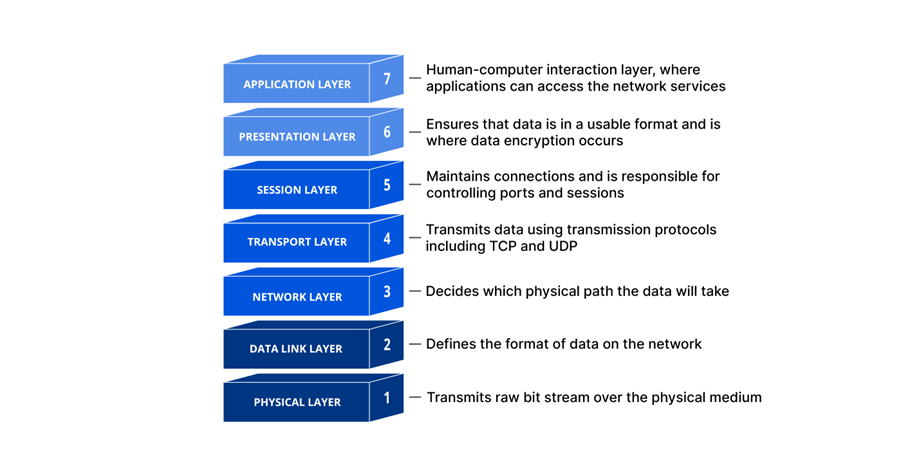India’s economy has undergone many transformations, but few changes have touched the daily lives of people as deeply as the way we make payments. From receiving toffees instead of coins as loose change to paying with a single tap on a smartphone, the journey of payments in India is a reflection of innovation, adaptability, and progress.
The Era of Cash and Toffees
For decades, cash ruled India’s markets. Small shops and street vendors relied entirely on notes and coins. When coins were in short supply, it was common for shopkeepers to hand out toffees or candies in place of small change. This quirky workaround became part of everyday transactions and highlighted how deeply dependent the economy was on cash.
But cash had its limits. Handling physical money was inconvenient and costly for banks and businesses and excluded millions of people who had no access to formal banking services.
Plastic Money and the First Steps Toward Digital
The introduction of debit and credit cards in the 1990s and 2000s brought the first wave of modern payments. ATMs offered flexibility, and card machines were introduced in big retail outlets. Yet, their reach was limited mostly to urban India.
In the early 2010s, mobile wallets such as Paytm and Freecharge gave people a taste of digital payments. They became popular for mobile recharges, bill payments, and online shopping. However, wallets required preloading money, which limited adoption in rural and semi-urban areas.
UPI: A Revolution in Payments
The real transformation arrived in 2016 with the launch of the Unified Payments Interface (UPI). For the first time, Indians could transfer money instantly from one bank account to another using just a mobile number or UPI ID.
Why UPI succeeded:
- Simple and fast – instant payments, no need to preload wallets.
- Inclusive – even small kirana shops could accept digital payments.
- Trustworthy – transactions were bank-to-bank, with no middle layer.
- Government support – initiatives like demonetization accelerated adoption.
Today, UPI is used everywhere—from buying vegetables to paying school fees. India now leads the world in real-time digital transactions, setting an example for other nations.
The Impact on India’s Economy
The move from toffees to UPI has reshaped the economy in many ways:
- Financial inclusion: Millions of people gained access to the digital economy.
- Transparency: Digital trails reduced black money and increased tax compliance.
- Efficiency: Less cash handling saved costs for businesses and banks.
- Empowerment: Small vendors and workers could now receive payments instantly.
What Lies Ahead
India’s payment story is still unfolding. Future developments include:
- Credit on UPI, bringing easy micro-loans to millions.
- Digital Rupee (CBDC), a central bank–backed digital currency.
- Cross-border UPI, making international transactions faster and cheaper.
The journey from toffee-as-change to UPI payments is more than just a story of technology. It is about how a nation of over a billion people embraced innovation to make life simpler, fairer, and more connected.
India’s payment revolution shows that when technology meets trust, the possibilities are endless. And as the world looks at India’s model, one thing is certain—the future of money is not only digital, it’s Indian.


